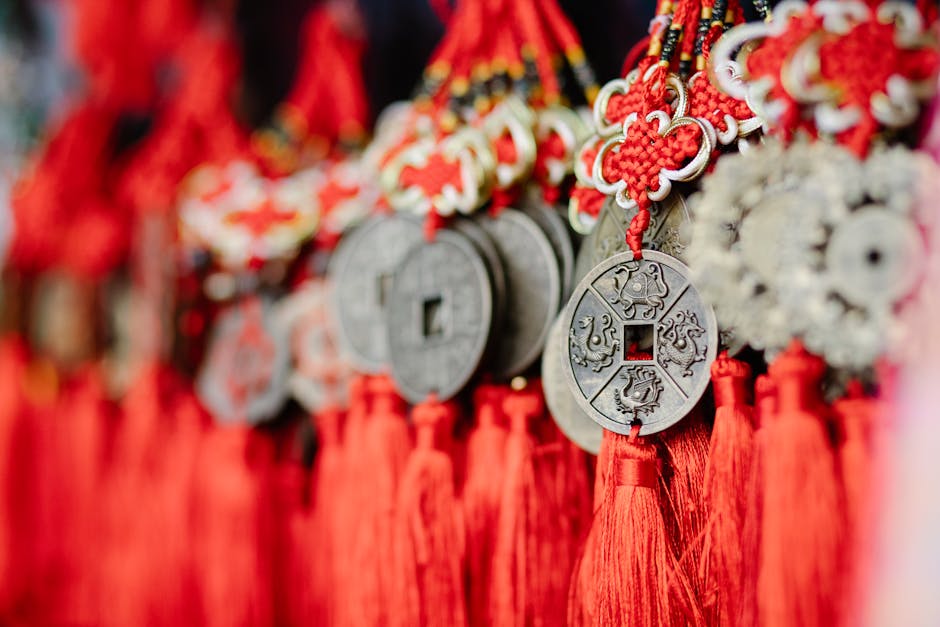
Symbolism in Mythology
Symbolism in Mythology
Mythology is filled with rich symbolism that allows us to delve deep into the collective unconsciousness and explore the archetypes and themes inherent in human existence. These symbols transcend time and cultures, weaving through narratives and imparting profound wisdom.
One of the most prominent mythological symbols is the serpent. In many cultures, it represents transformation, rebirth, and wisdom. In ancient Egyptian mythology, the Ouroboros, a serpent devouring its own tail, symbolizes eternity and the cyclical nature of life.
Another significant symbol is the phoenix, a mystical bird that is reborn from the ashes. It signifies resurrection and transformation. The phoenix appears in various mythologies, including Greek, Egyptian, and Chinese.
The tree is yet another powerful symbol found in mythology. It often represents the connection between heaven and earth, with its roots delving deep into the underworld and its branches reaching up towards the heavens. The Norse mythological tree, Yggdrasil, exemplifies this symbolism.
In addition to these, countless other symbols, such as the labyrinth, the moon, and the cross, populate mythological narratives. Each carries its own unique significance and offers insights into the human psyche.
Exploring symbolism in mythology allows us to better understand the human experience. By recognizing these archetypal symbols, we can connect with the collective unconsciousness and uncover profound truths about ourselves and the world we inhabit.
